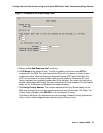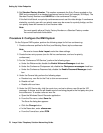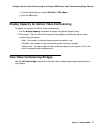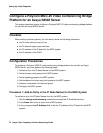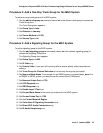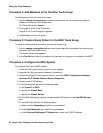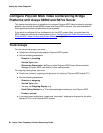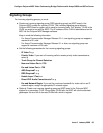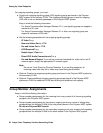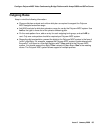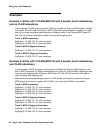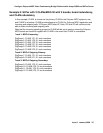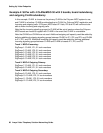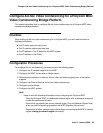
Configure Polycom MGC Video Conferencing Bridge Platforms with Avaya S8500 and S87xx Server
Issue 3 January 2008 83
Signaling Groups
For incoming signaling groups, you must:
● Create one incoming signaling group (RRQ signaling group) per MGC board in the
Polycom MGC system for a primary CLAN. This incoming signaling group allows a
Polycom MGC board to register and is used for incoming calls. The “primary” CLAN is the
CLAN you want to use with the MGC. The IP address of this CLAN is administered on the
MGC via the Polycom MGC Manager software.
Keep in mind the following information:
- For Avaya Communication Manager Release 3.0.1, one signaling group can support a
maximum of 31 calls.
- For Avaya Communication Manager Release 3.1 or later, one signaling group can
support a maximum of 255 calls.
● Set the following parameters for the incoming signaling groups:
- IP Video? to y.
- Priority Video. If you want all incoming calls to receive priority video transmissions,
select y.
- Trunk Group for Channel Selection.
- Near-end Listen Port to 1720.
- Far-end Listen Port to 1720.
- ARQ Required? to y.
- RRQ Required? to y.
- Enable Layer 3 Test to n.
- Direct IP-IP Audio Connections to? to y.
- Far-end Network Region. If you set the maximum bandwidth for video calls in an IP
network region, assign the appropriate IP network region.
● Optional: Create one incoming signaling group per MGC board in the Polycom MGC
system for a secondary CLAN. If the primary CLAN fails, the MGC will use the alternate
gatekeeper list as a list of alternate CLANs with which to register.



